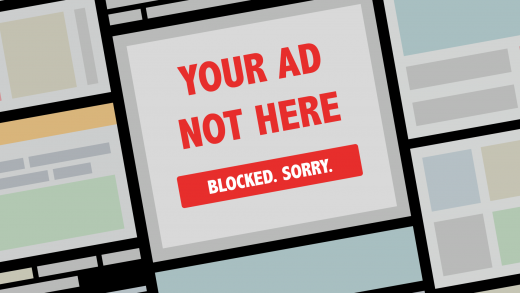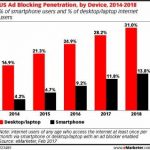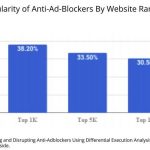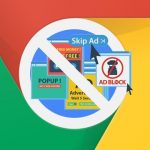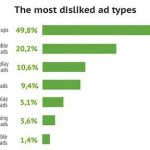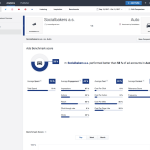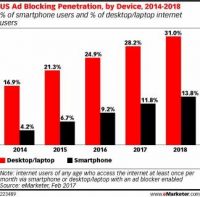Ad-blocking concerns shift to the video ad industry
Ad blocking has long been a concern for advertisers, but video ads are getting hit especially hard. Columnist Alex Bornyakov explores why this is and offers some solutions to this growing problem.
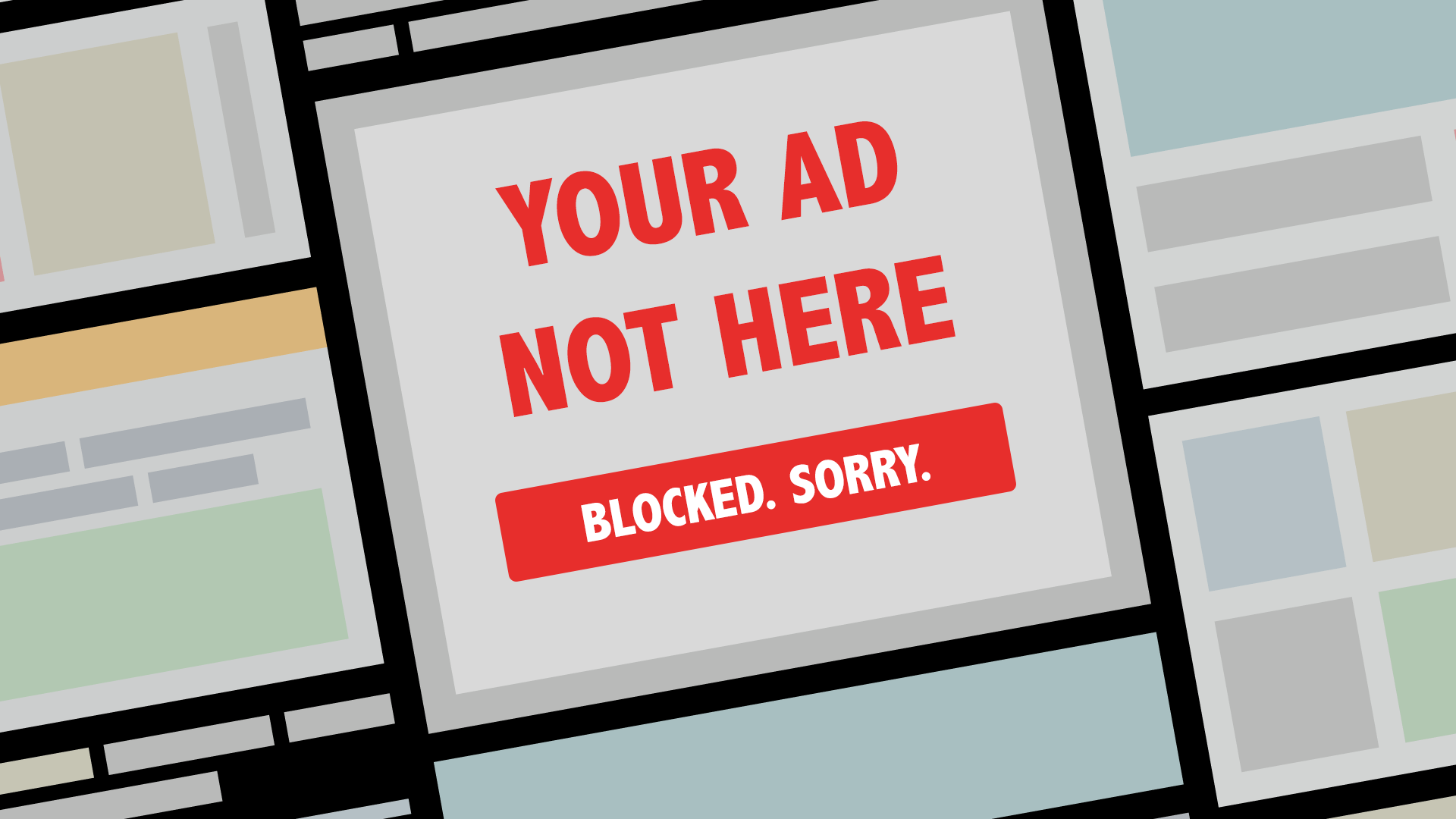
The media storm around ad blocking may appear to have subsided somewhat, but the obstruction this phenomenon has implanted in the online ecosystem is still very real.
Almost a third of internet users are expected to use ad-blocking software in 2017 — a 24 percent year-on-year increase — and digital publishers stand to lose over $27 billion globally by 2020 if the issue is not satisfactorily addressed.
Reactions to ad blocking vary greatly. Some large media companies pay the providers of ad blocking software up to 30 percent of ad revenue to whitelist their sites, while others, such as Facebook, are taking a stand against ad blocking but risking user discontent by finding ways to circumvent the software.
While ad blocking has so far been a general issue across the entire online ecosystem, 2017 will be the year it becomes a major concern for the video advertising industry. So what makes ad blocking particularly relevant to video advertising, and how can its impact be reduced?
Ad blocking’s impact on video advertising
Ad blocker users don’t specifically choose to block certain ad formats such as video ads or banner ads. When they install ad blocking software, all ads are indiscriminately prevented from being served unless they are whitelisted. Adblock Plus says it “blocks all annoying ads on the web by default, including video ads.”
A rise in video ad blocking is, therefore, not a result of consumer choice but of mathematics. As video advertising continues its incredible advance — with double-digit growth expected each year to 2020 — it is taking an ever larger share of the digital advertising market and subsequently experiencing an increasing volume of blocked ads.
That said, video advertising is almost certainly exacerbating the rise of ad blocking. Video ads suffer the same quality, execution and relevance issues that drive users to block display ads, but they also have format-specific challenges to overcome.
Auto-play with sound on is one particular frustration for users, as is the excessive data usage of video ads on mobile. Intrusiveness is a specific problem with pre-roll video, as it prevents the user from accessing the content they require until it can be skipped. All these issues increase the likelihood of users opting for the free and easy solution offered by ad blockers, making ad blocking a key concern for the video advertising industry.
There are two critical steps the video ad industry can take to improve the situation.
Step 1: Focus on video ad quality
The first step in combating video ad blocking is to improve the quality of video ads. All too often, video ads are simply recycled TV commercials, but users consume online content very differently from TV content. Ads should be re-edited to suit the device and context in which they are to be viewed, adapting the ad length or creative messaging to deliver the most relevant experience for the user and using the latest technologies to speed up load times and limit data usage.
Publishers could make ads skippable from the start, or they could follow the lead of the online gaming industry and incentivize viewers to watch video ads to completion. But it is far better to positively engage viewers with video ad content that is useful, relevant and entertaining enough to prevent their skipping ads or turning to ad blockers.
Step 2: Explore alternative formats
With pre-roll video advertising causing particular frustration among users, looking for alternative video advertising formats is necessary to improve consumer satisfaction, and two options currently being explored are native video ads and in-stream video advertising.
Native video ads are placed outside of traditional video players — perhaps within a consumer-facing article or a mobile app — and automatically begin to play when they are in view. Usually the sound is off by default and only plays when the user opts to switch it on, with the video pausing when the user scrolls past it. Native videos are less intrusive than pre-roll formats, as they don’t prevent the user from accessing the content they require but still generate high engagement rates when placed in a relevant context.
In-stream video advertising is a way of stitching together video advertising and content into a single stream to provide a seamless experience for the user, similar to the way TV advertising is delivered. As well as the benefit of circumventing ad blockers, in-stream video improves load times and prevents quality differences between ads and content that can ruin the user experience.
Final thoughts
Ad blocking is likely to remain a hot topic throughout 2017 and beyond, with the video advertising industry paying particular heed to its growth. But by focusing on improving the quality of video ads to provide value to the viewer, and exploring alternative formats that enhance the user experience, video advertising can play its part in making ad blocking redundant before it inflicts too much damage on the ecosystem.
Some opinions expressed in this article may be those of a guest author and not necessarily Marketing Land. Staff authors are listed here.
Marketing Land – Internet Marketing News, Strategies & Tips
(33)

